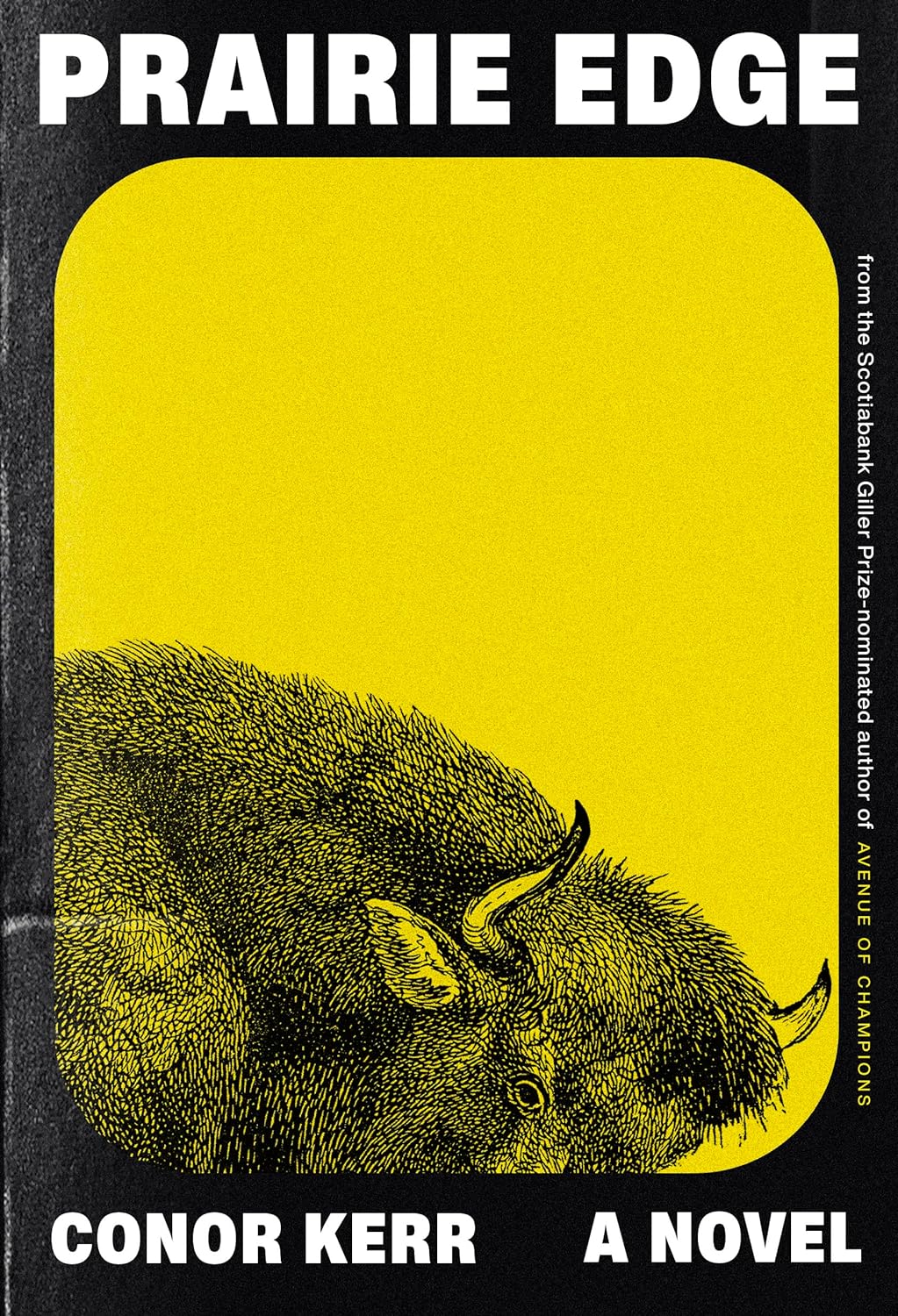Conor Kerr’s debut offering "Prairie Edge" is a bold and uncompromising novel that captures the friction between Indigenous resurgence and colonialist structures in contemporary Canada. At its heart is Grey, a fiery activist whose devotion to the buffalo—and to the larger struggle for Indigenous sovereignty—propels her into dangerous territory. Grey embodies the archetype of the strong woman warrior, a figure who refuses to accept the boundaries imposed on her by gender, politics, or settler expectations. Yet Kerr never romanticizes her: Grey may be fearless, but she is not immune to violence, loss, or the toll that activism exacts. Her story is both inspiring and deeply human.
Kerr demonstrates a remarkable ability to write complex, relatable women characters. Grey’s voice, in particular, rings with conviction and clarity, grounding the novel in lived reality. Alongside her, characters such as Ezzy bring additional layers of perspective, creating a chorus of narratives that feel distinct yet consistently connected. Through these voices, Kerr explores the sense of dislocation and disassociation that haunts many Indigenous people, a restlessness that mirrors the fate of the buffalo—once roaming freely across the Prairies, now confined, commodified, and gawked at by tourists.
The novel’s central plot—an audacious plan to free a herd of bison from a national park and release them into River City—serves as both a literal and metaphorical act of reclamation. The aftermath is messy, violent, and unresolved, much like the broader struggle for justice itself. Kerr does not shy away from the contradictions inherent in activism: the push and pull between idealism and weariness, between younger generations’ urgency and elders’ more measured approaches.
What makes Prairie Edge so compelling is its refusal to simplify. Kerr acknowledges the performative gestures of land acknowledgements, the complicity of institutions like the Mounties, and the ongoing harm of colonial systems—but he does so with nuance rather than blunt condemnation. His prose is sharp yet measured, carrying both anger and tenderness. The novel insists on the sacredness of land and the responsibility individuals have to each other, while also portraying the exhaustion that comes from living in a society that too often resists real change.
With "Prairie Edge," Kerr brings a fresh and necessary voice in contemporary Indigenous literature. It pulses with discontent, yearning, and resilience, offering readers both a mirror of struggle and a vision of possibility. Kerr’s work reminds us that survival, like the return of the buffalo, is itself a form of resistance.

